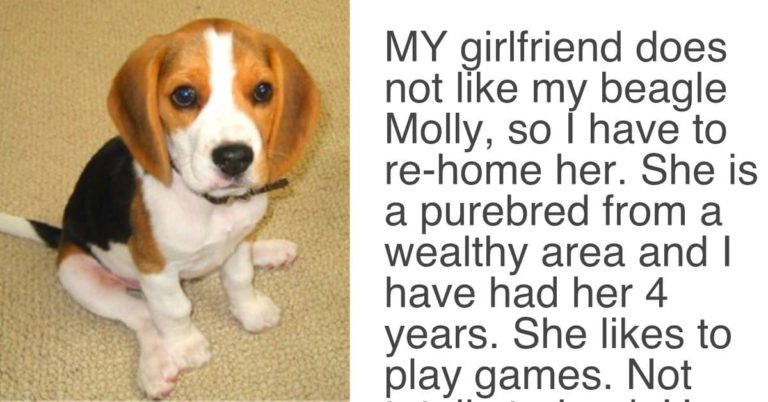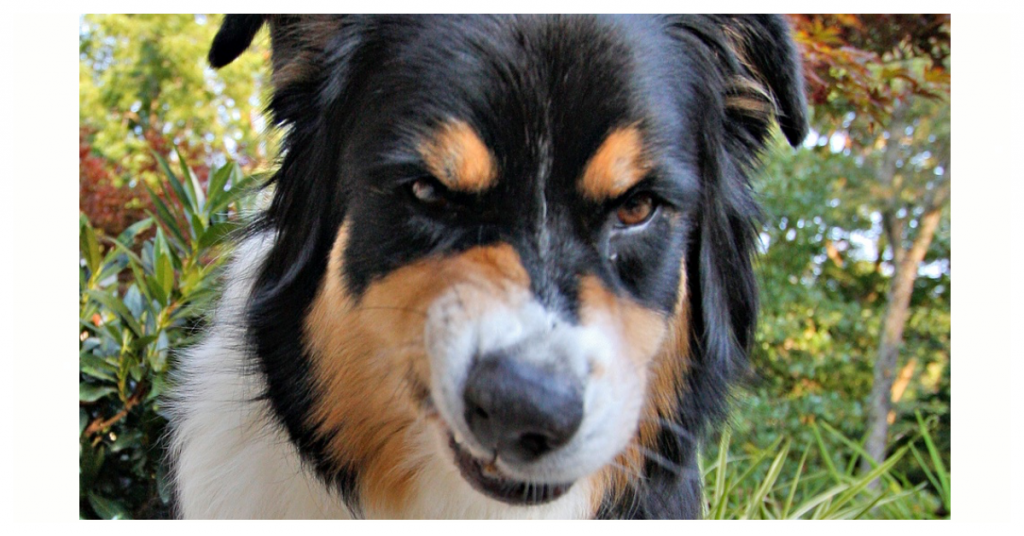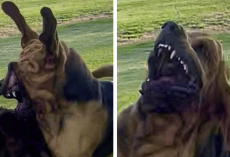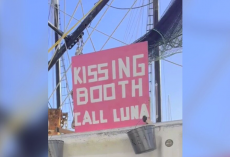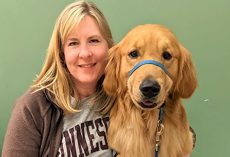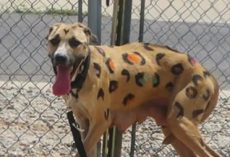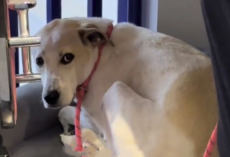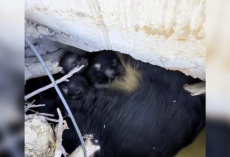Warning: This post contains images that may be upsetting to some. Discretion is advised.
Dog lovers understand the importance of keeping our dogs occupied. Toys don’t just make our pups happy. They stimulate their senses and motivate exercise.
But finding toys that are safe is becoming more and more challenging.
Large breed dog owners have to be careful when giving a toy that is either too small (a choking hazard) or a toy that is easy to destroy (waste of money and possibly a choking hazard).
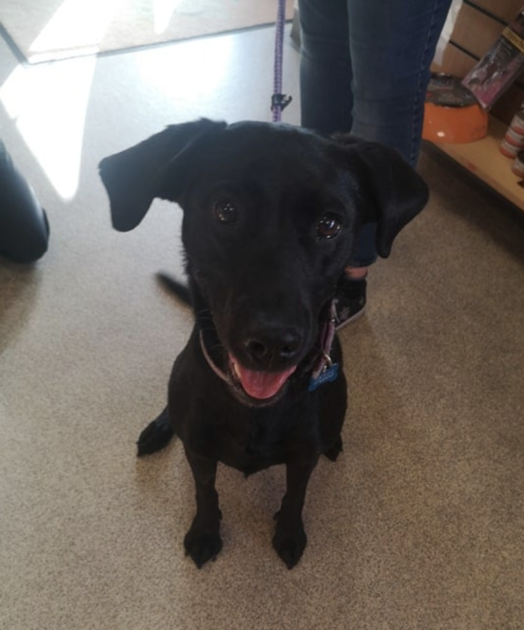
When you find the right toy for your strong pup, keeping an eye on them during playtime AND chew time is essential.
Pet parents Helen and James Hartley are the proud owners of Poppy. Poppy loves to play with rubber balls.
The Hartleys assumed that the rubber ball they gave to Poppy was safe and allowed her to have this toy while at work.
However, when they came home from work, Poppy’s tongue got stuck inside the air hole of the rubber ball.
At first, Helen and James had no idea how to remove it. Finally, after struggling, they were able to free poor Poppy.
Poppy’s tongue was left with two large red lines that were indented into the tissue. Her parents figured the lines would go away on their own.
But then, Poppy began to behave strangely so her parents took her to the Foxhall Veterinary Clinic.
Poppy was examined and her tongue was swollen. She was able to eat a treat so the vet figured she would be okay.
The vet prescribed medication to help the swelling and asked that Poppy come back the following day to make sure she was alright.
The vet kept a watchful eye on Poppy over the next several days. But as the days progressed, Poppy’s tongue worsened!
It began to smell foul and the tissue itself became necrotic. It was terrible!
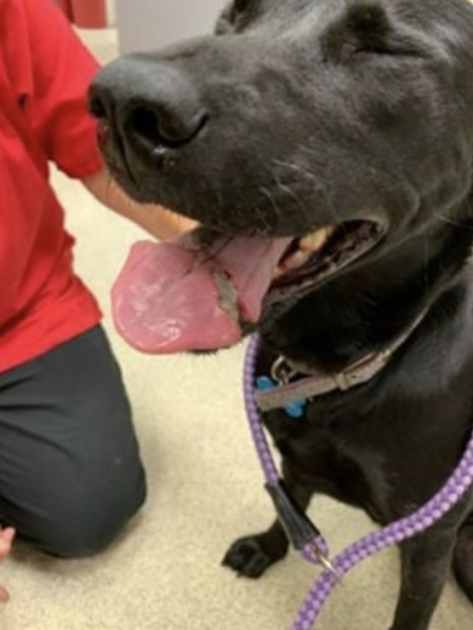
The clinic said:
“Unfortunately the red line gradually changed into bruising, the bruises then started to smell and formed white plaques on top, which eventually turned black, necrotic and died off. Poor Poppy was left with two great big slits on either side of her tongue where the ball had been and was struggling to eat and drink because of this, so she was booked in for surgery with Sophie our Vet!
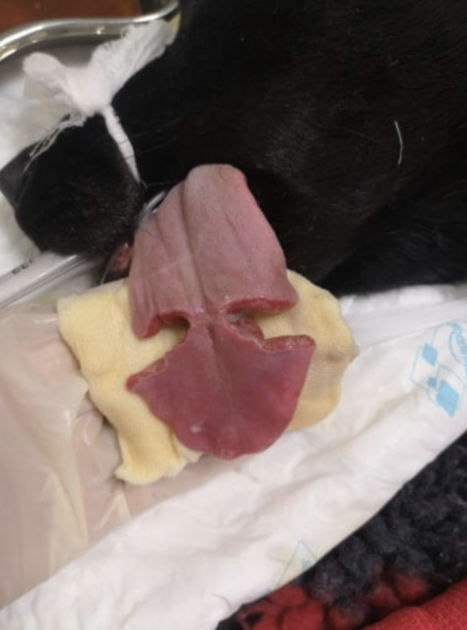
During the surgery, Sophie removed all the dead tissue and stitched the tongue back together. The surgery was successful and our Nurses couldn’t believe it when Poppy ate and drank as soon as she woke up!”
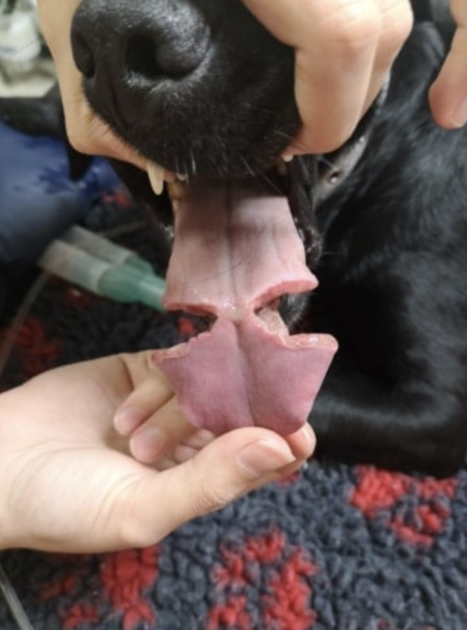
While Poppy is thankfully okay, this is a lesson to all pet parents.
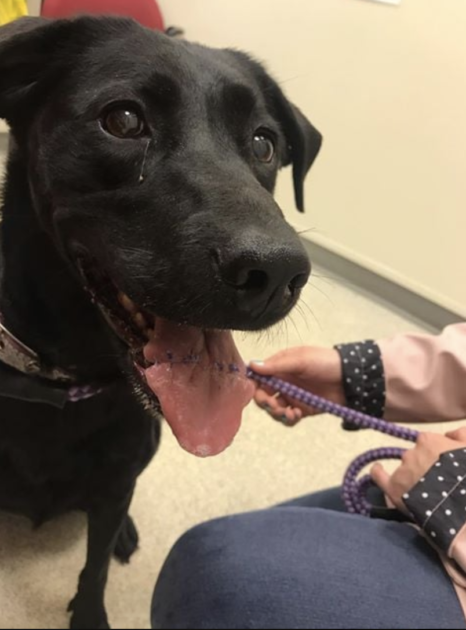
PLEASE do not leave your pets unattended with any toys or bones. You never know what can happen.
If you’re leaving to go to work and do not crate your dog, check any spaces he or she can get into.
Check for anything that could be a potential hazard. You never know what trouble they may get into.
We do not have any information on what type of ball Poppy was playing with. This info hasn’t been released. If it does, we will update this article!
Please ‘SHARE' to pass on this story to a friend or family member
Stay for one more story, be sure to check out these Top Trending Stories below:
Story: Man’s About To Return Shelter Dog When He Reads Previous Owner’s Note
A man had finally settled into his new town, but something still felt missing from his life. He thought getting a companion in the form of a shelter dog might help. So he did just that. He went to the shelter where a black Lab named Reggie needed a home. But they didn’t hit it off right away.
The man gave it two weeks (the amount of time the shelter said it may take for the dog to adjust to his new home), but it just wasn’t working out. Maybe it was the fact he was also trying to adjust to a new situation. Maybe they were too much alike. But then the man started going through Reggie’s stuff, and that’s when he was reminded of a letter the previous owner had left with the dog. That’s what would end up changing their lives dramatically.
What an amazingly beautiful story. It’s all going to work out for Tank and his new owner. 🙂
You’ve read this far… you need to watch this short BEAUTIFUL video clip.. It will touch your HEART! Enjoy!
https://www.youtube.com/watch?v=8tiqOrytYpI
[h/t Tickld]
Reverse Sneezing In Dogs – What to do…
Does this sound familiar? Your dog suddenly starts making loud snorting sounds—over and over again, in quick succession.
Do you start wondering, did they swallow something they shouldn’t have? Can they breathe?!
Chances are, you’re experiencing the infamous “reverse sneeze.”
Veterinarians often see dogs whose owners rushed them in for an emergency appointment after finding them standing with their elbows apart, head pulled back, and eyes bulging as they snort or gasp repeatedly.
Yet for the vast majority of these dogs, a vet visit was unnecessary.
Reverse sneezing looks and sounds scary the first time you encounter it. However, it’s a fairly common and harmless respiratory event for dogs.
Read on to learn how to identify reverse sneezing, what causes it, and how to tell the difference between a harmless reverse sneeze and something else.
What is reverse sneezing?
A reverse sneeze is pretty much what it sounds like: a sneeze that happens in reverse! The above video is a good example of what it looks and sounds like.
In a regular sneeze, air is rapidly pushed out through the nose. In a reverse sneeze, air is rapidly, and noisily, pulled in through the nose.
It occurs in spasms lasting anywhere from a few seconds up to a minute and sounds like snorting, snuffling, and even gagging. See the above video for an example.
Because of the sounds their dogs make while reverse sneezing, many people mistakenly think their dog is choking. However, a reverse sneeze is almost as normal and harmless as a regular sneeze.
What causes reverse sneezing?
There’s no single cause for a reverse sneeze. Like regular sneezing, it’s often triggered by an irritation or inflammation in the nose, throat, or sinuses.
It often occurs when dogs wake up from a nap, or after eating, when their breathing pattern may have rapidly changed. It’s also caused by irritants in the airway—anything from dust to an inhaled hair!
Some dogs experience more frequent reverse sneezing in springtime when the air is full of pollen and other allergens.
Others reverse sneeze more in the winter, when sudden temperature changes between outdoors and indoors cause the nasal passages to contract.
Another common cause of reverse sneezing is pressure on the throat and neck. A too-tight collar, or straining against the leash, can irritate the throat and lead to a reverse sneeze. That’s just one more reason to consider a harness for your dog.
Finally, some dogs reverse sneeze after exercise, or when they’re overexcited. This is particularly common among brachycephalic, or short-nosed, breeds like pugs and bulldogs.
When they get worked up, they may inhale their elongated soft palates into the throat, triggering an episode of reverse sneezing.
How to end a reverse sneezing episode
Reverse sneezing is super-common, and it won’t hurt your dog. However, some dogs become anxious during a reverse sneezing episode, and a lengthy episode may be uncomfortable.
You can help your dog recover from a reverse sneezing episode by remaining calm yourself. If you get anxious, your dog’s anxiety will increase, too. So, stay calm, and show your dog there’s nothing to panic about.
If your dog is experiencing a particularly long episode of reverse sneezing, you may be able to ease or end the episode by:
- Gently massaging your dog’s throat
- Briefly covering their nostrils, which will cause them to swallow and potentially stop sneezing
- Depressing their tongue with your hand to help open airways
- Some vets suggest gently blowing in your dog’s face
In the vast majority of cases, there’s no need to intervene. Reverse sneezing doesn’t last long, and your dog will be perfectly normal after it stops.
When you should go to the vet
https://www.instagram.com/p/BfoSLvBAsDL/?utm_source=ig_embed
As mentioned, reverse sneezing rarely requires veterinary treatment. As soon as the sneezing episode stops, the situation is resolved. However, if episodes increase in frequency or duration, you should call the vet just in case.
You should also seek treatment if your dog’s reverse sneezing is accompanied by other respiratory symptoms or if they have any unusual discharge from their nose.
Occasionally, chronic reverse sneezing can be a symptom of more serious issues. These include nasal mites, foreign objects in the airway, respiratory infections, and tracheal collapse.
If you’re concerned about the intensity of your dog’s reverse sneezing, take a video to show the vet. They’ll be able to determine potential causes.
Most dogs experience episodes of reverse sneezing at some point in their lives. For the vast majority of dogs, it’s a common, temporary, harmless reaction with no lasting aftereffects.
Of course, it still sounds unsettling to our human ears! But now that you know what reverse sneezing is, you’ll be less likely to make an unnecessary vet visit.
Watch more:
More stories:
Girlfriend Gives Partner An Ultimatum, Demands Either The Dog Goes Or She Goes
Science Discovers That Dogs Can Sense ‘Bad People’

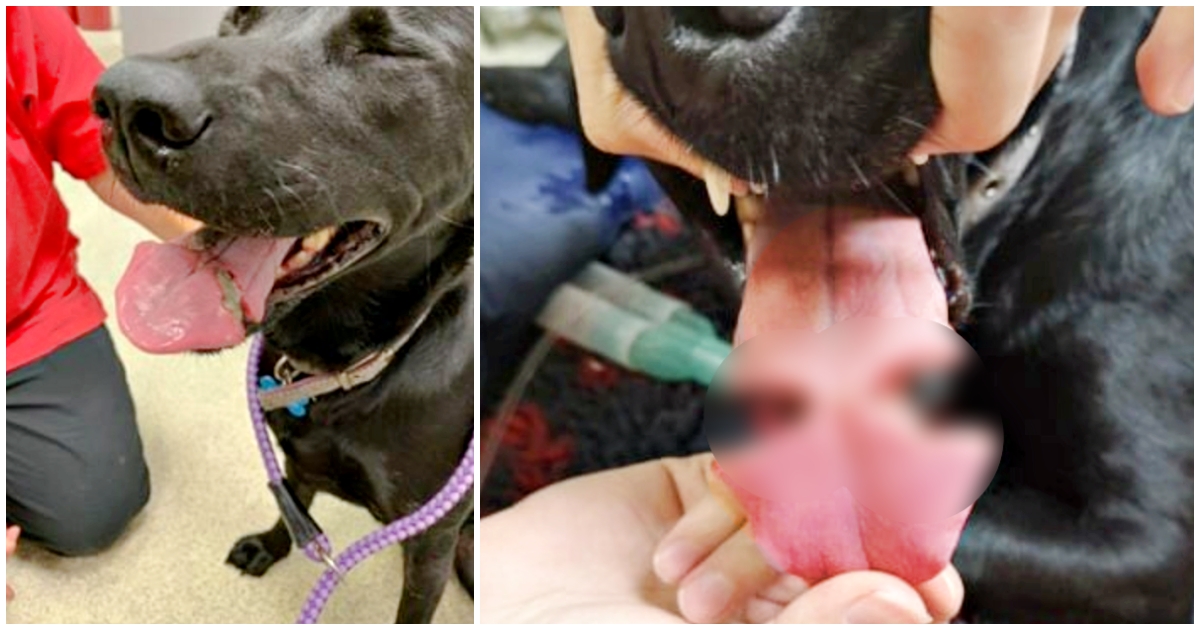
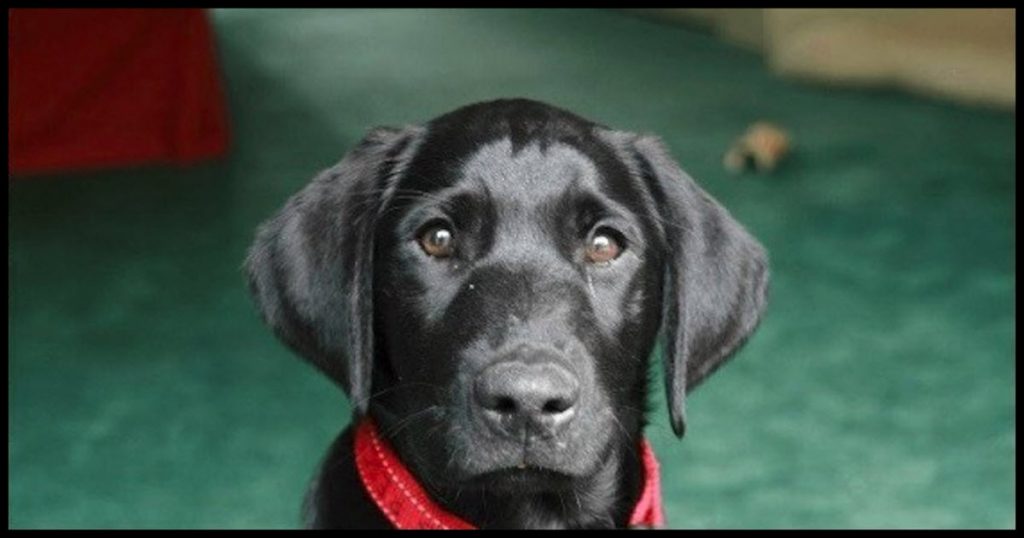




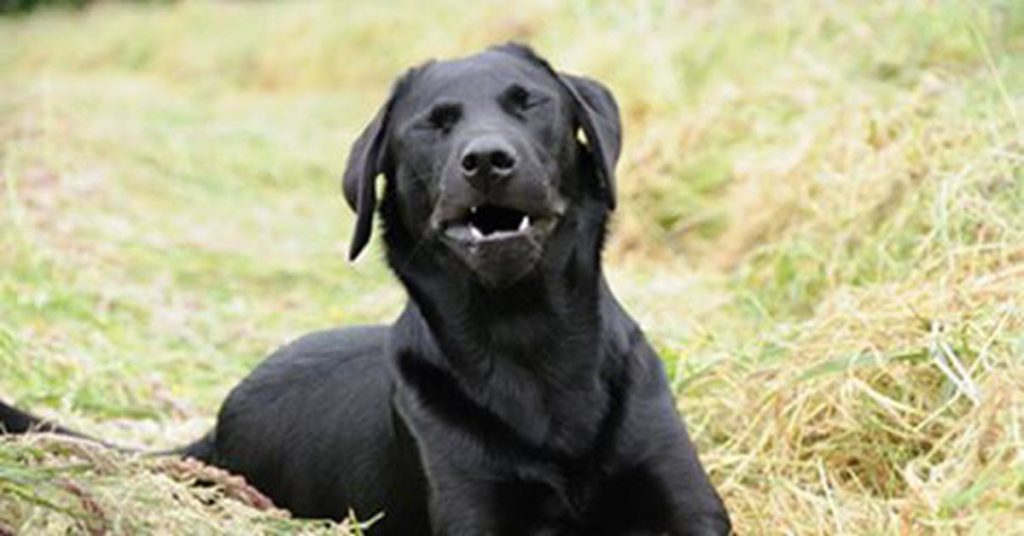
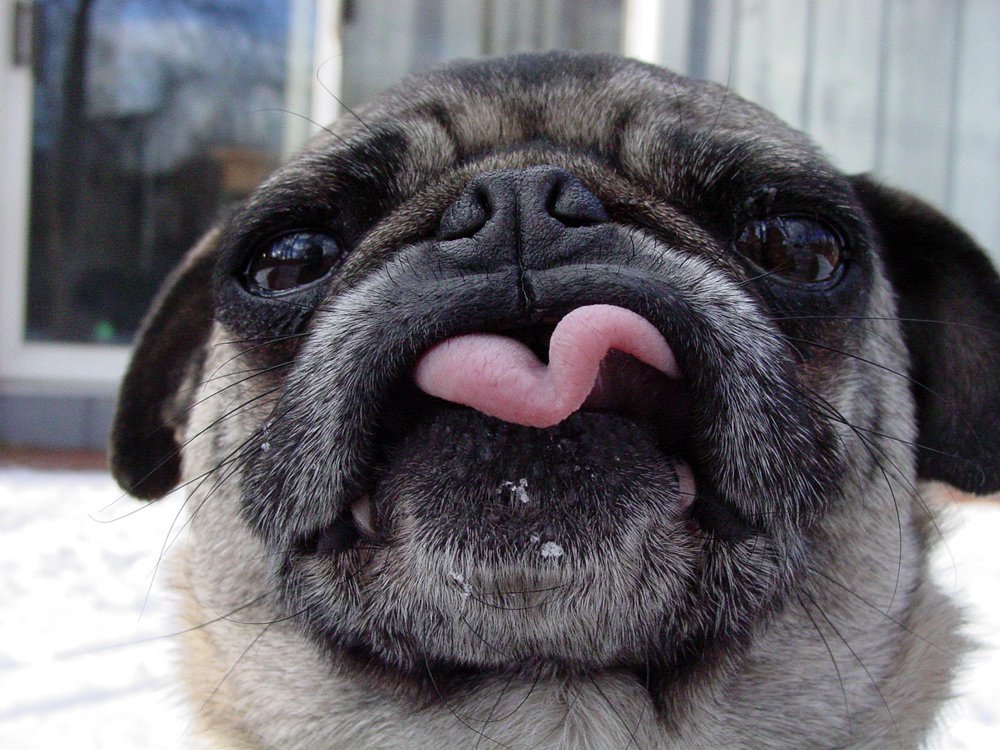 VIA
VIA 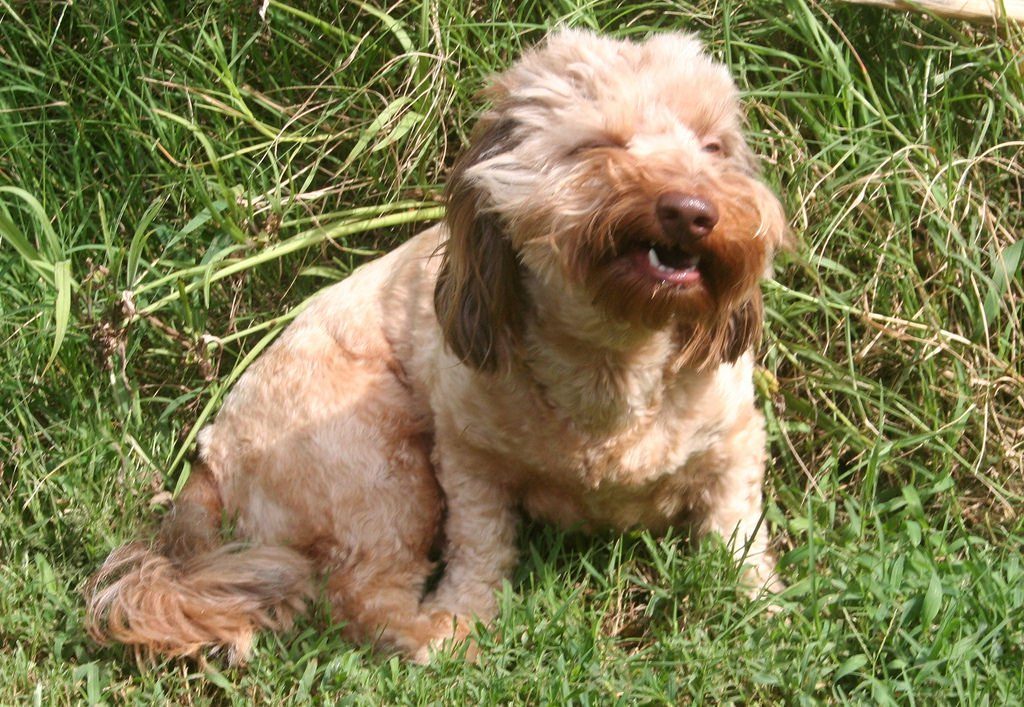 VIA
VIA 